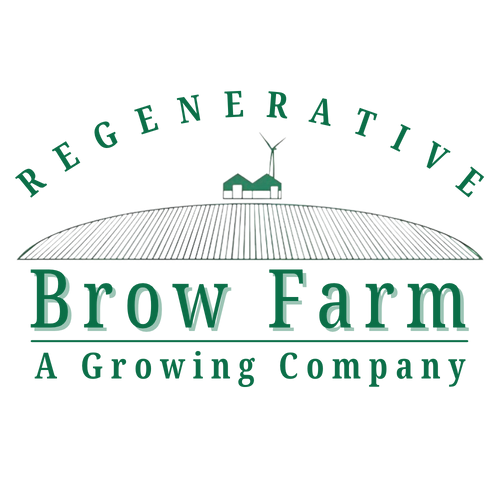Camelina Field
| About Camelina | Camelina Recipes | Camelina Field |
 Growing Camelina with regenerative methods in West Lancashire, UK is a sustainable and environmentally friendly approach to farming. Regenerative agriculture focuses on improving soil health, enhancing biodiversity, and reducing the use of synthetic inputs. Here are some regenerative methods that can be applied to Camelina cultivation in West Lancashire:
Growing Camelina with regenerative methods in West Lancashire, UK is a sustainable and environmentally friendly approach to farming. Regenerative agriculture focuses on improving soil health, enhancing biodiversity, and reducing the use of synthetic inputs. Here are some regenerative methods that can be applied to Camelina cultivation in West Lancashire:
1. Crop Rotation: Rotate Camelina with other crops to break pest and disease cycles, improve soil structure, and reduce the need for chemical inputs.
2. Cover Cropping: Plant cover crops like legumes or grasses during fallow periods to protect the soil from erosion, fix nitrogen, and improve soil organic matter.
3. Reduced Tillage: Minimize soil disturbance by using no-till or reduced-till practices to preserve soil structure, reduce erosion, and sequester carbon.
4. Integrated Pest Management (IPM): Implement IPM strategies to manage pests and diseases using biological, cultural, and mechanical methods, reducing reliance on chemical pesticides.
5. Agroforestry: Integrate trees or shrubs into the farming system to provide shade, windbreaks, and habitat for beneficial insects and wildlife.
6. Conservation Tillage: Use conservation tillage practices like strip-till or ridge-till to reduce soil erosion, improve water infiltration, and enhance soil health.
7. Nutrient Management: Apply organic fertilizers, compost, or manure to provide essential nutrients to the soil and reduce reliance on synthetic fertilizers.
8. Water Management: Implement water-saving techniques like drip irrigation, rainwater harvesting, or soil moisture monitoring to optimize water use efficiency.
9. Soil Health Monitoring: Regularly monitor soil health indicators like soil organic matter, pH, and nutrient levels to assess the impact of regenerative practices and make informed management decisions.
10. Biodiversity Enhancement: Create habitat for beneficial insects, birds, and other wildlife by planting hedgerows, wildflower strips, or pollinator-friendly plants.
By adopting these regenerative methods, farmers in West Lancashire can improve the sustainability and resilience of their Camelina cultivation while protecting the environment and enhancing ecosystem services.
The yield rates of oil per hectare of Camelina can vary depending on several factors, including the specific variety of Camelina, growing conditions, and agricultural practices. However, on average, Camelina can produce around 0.5 to 1.5 tons of seed per hectare, with oil content ranging from 30% to 40%. This means that the oil yield per hectare can be approximately 150 to 600 liters of oil. It’s important to note that these figures are estimates and actual yields can vary based on various factors.
